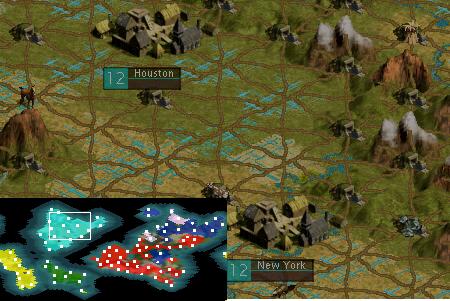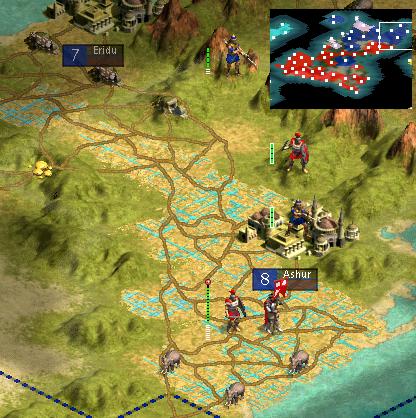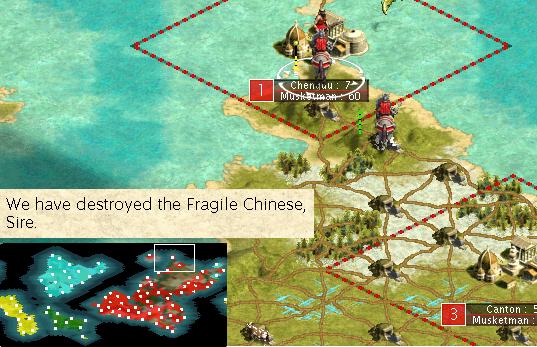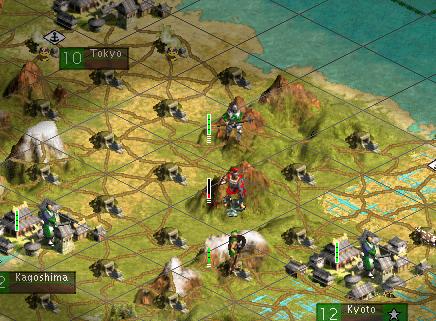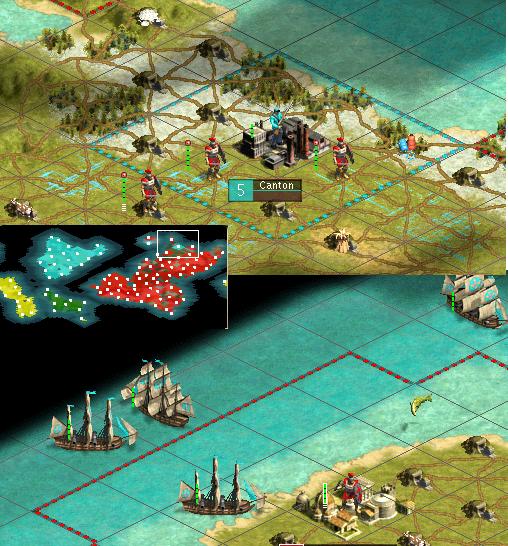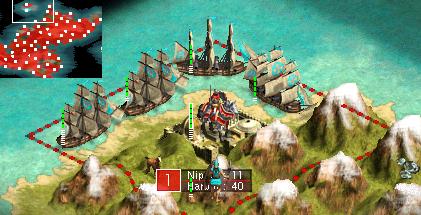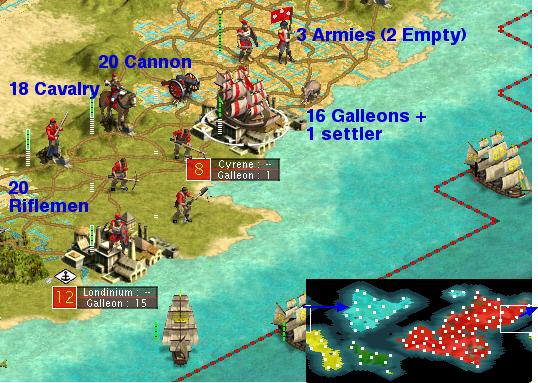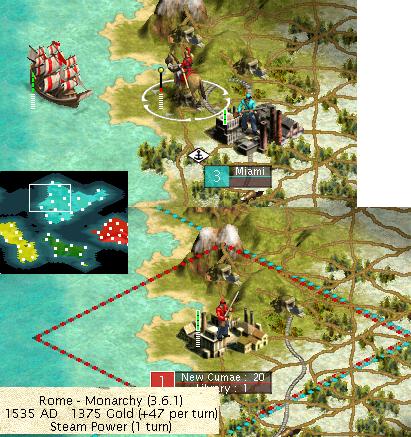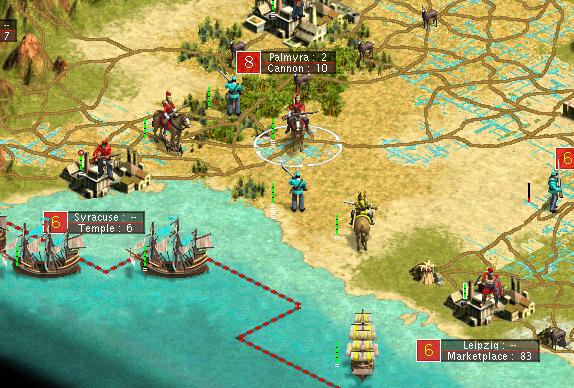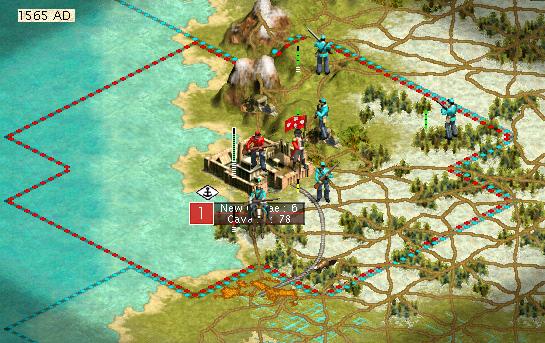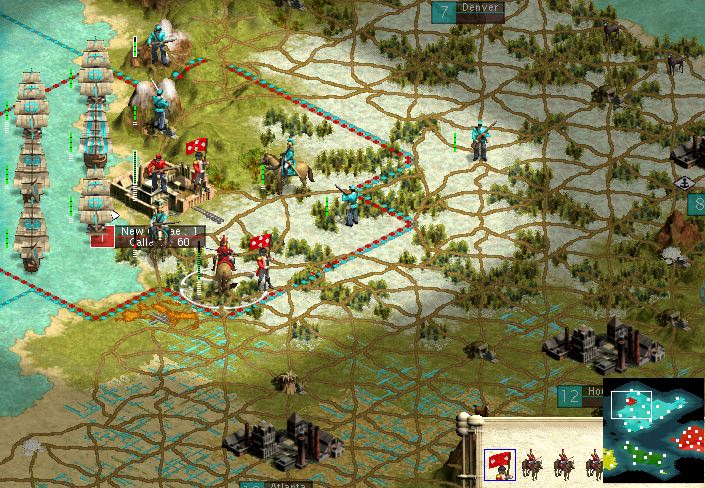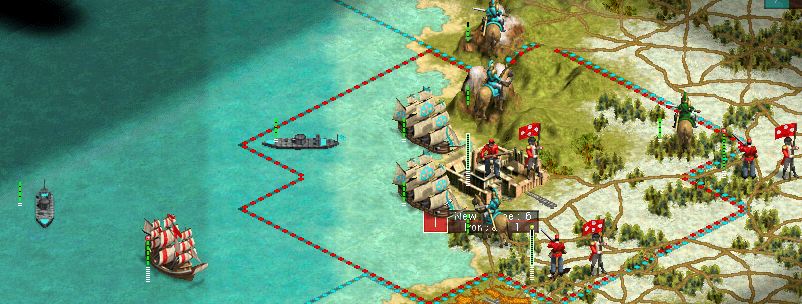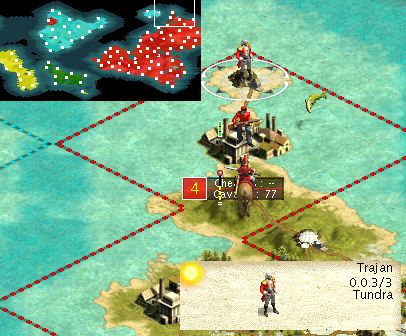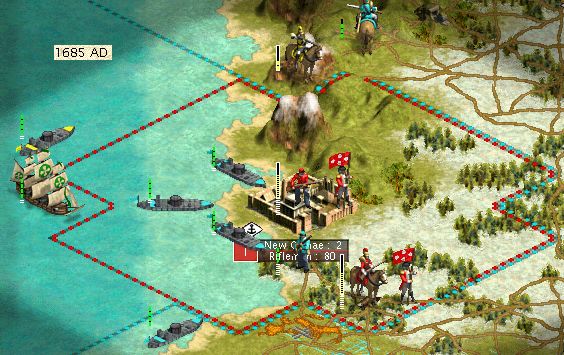Zwingli
Prince
Civ3 1.29
Civ: Romans
Landform: Standard Continents 70% water.
Opponents: 6 Random
Land Setting: Arid, Cold, 3 Billion Years.
Options: Respawn and Cultural linking off. Everything else standard.
-----------------------------------------------
Caesar had always been fond of metal objects. His throne was decorated with copious gold and silver, and he took pride in giving detailed orders to his goldsmiths as they crafted elaborate works from precious metal. Thus it was of great consternation to him that all Roman weaponry should be made from common rock rather than fabulous metal. Unfortunately, gold was too soft and rare to make useful weapons, so Caesar ordered his goldsmiths to investigate the possibility of fashioning weaponry from copper. Paying his smiths but the barest wages for their toils, it was quite a long time before they learned the craft of Bronzeworking. Rome outfitted a few troops with the new bronze weapons, but the metal was still too soft to make decent offensive armament. Ill pleased that the best offensive Roman soldiers would still fling ugly flint arrows at the enemy, Caesar ordered the smiths to dig deeper into the earth to find a more suitable metal. The years dragged on as the miserable metal smiths tested various rocks and minerals and fashioned new types of sword and armor. In the course of time an emissary from the Huns (Germany) was sighted, bringing word of the knowledge of Iron and of the existence of two other great civilizations, the Chinese and the Babylonians. Caesar, considering himself emperor of all the earth, was enraged that anyone should live free of his rule, and promptly declared unending war on any who would not submit. Seemingly distracted by unseen events, the huns did not take any notice of Caesar's declaration, and few foreign troops were seen for many years. Finally, after years of meandering effort, Caesar's metal smiths perfected Ironworking, and notified their master that a plentiful supply of the metal was within the limits of Rome itself.
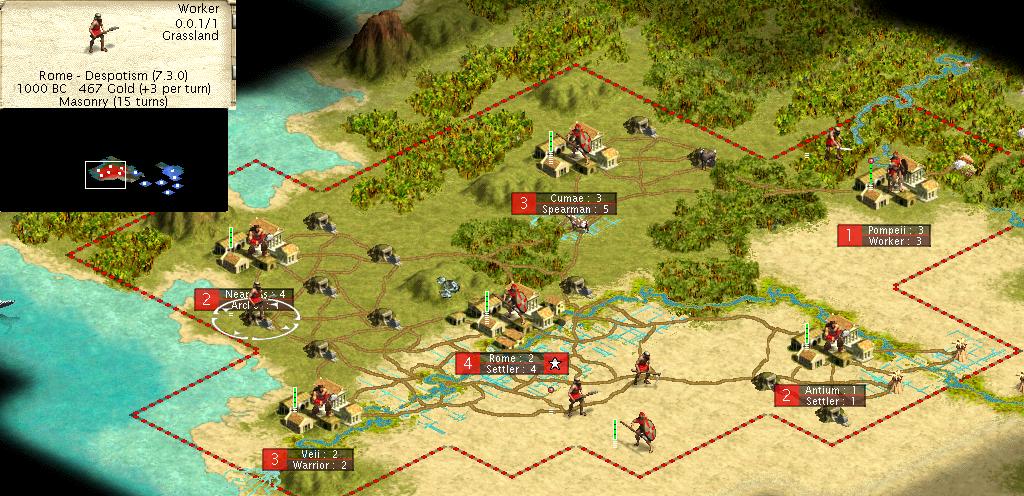
Soon, Roman workers had begun harvesting the metal ore, and Caesar grudgingly spent some of his precious gold to outfit Roman warriors with new armament. But when Caesar saw the results: row upon row of soldiers clad in gleaming grey armor he almost wept for joy. Finally he had metal weaponry to arm his invincible legions and to punish all who would defy the Emperor of Rome.

A certain advisor (whose name is lost to history) suggested that the iron supply should be disconnected in order that more of the old club wielding warriors could be trained without expensive armor, but Caesar would hear nothing of making those disgusting stone age troops ever again. Shortly after the first magnificent legions came on the scene, the Chinese civilization introduced itself, and gladly traded maps with Rome for some of the treasury. China was far larger than the territory of the Huns, and had their own supply of iron ore within their borders. Caesar decreed that no other civilization would ever make soldiers to challenge his legion, and ordered 9 divisions of his new troops to lay waste to Chinese territory until their Iron supply was destroyed.
Civ: Romans
Landform: Standard Continents 70% water.
Opponents: 6 Random
Land Setting: Arid, Cold, 3 Billion Years.
Options: Respawn and Cultural linking off. Everything else standard.
-----------------------------------------------
Caesar had always been fond of metal objects. His throne was decorated with copious gold and silver, and he took pride in giving detailed orders to his goldsmiths as they crafted elaborate works from precious metal. Thus it was of great consternation to him that all Roman weaponry should be made from common rock rather than fabulous metal. Unfortunately, gold was too soft and rare to make useful weapons, so Caesar ordered his goldsmiths to investigate the possibility of fashioning weaponry from copper. Paying his smiths but the barest wages for their toils, it was quite a long time before they learned the craft of Bronzeworking. Rome outfitted a few troops with the new bronze weapons, but the metal was still too soft to make decent offensive armament. Ill pleased that the best offensive Roman soldiers would still fling ugly flint arrows at the enemy, Caesar ordered the smiths to dig deeper into the earth to find a more suitable metal. The years dragged on as the miserable metal smiths tested various rocks and minerals and fashioned new types of sword and armor. In the course of time an emissary from the Huns (Germany) was sighted, bringing word of the knowledge of Iron and of the existence of two other great civilizations, the Chinese and the Babylonians. Caesar, considering himself emperor of all the earth, was enraged that anyone should live free of his rule, and promptly declared unending war on any who would not submit. Seemingly distracted by unseen events, the huns did not take any notice of Caesar's declaration, and few foreign troops were seen for many years. Finally, after years of meandering effort, Caesar's metal smiths perfected Ironworking, and notified their master that a plentiful supply of the metal was within the limits of Rome itself.

Soon, Roman workers had begun harvesting the metal ore, and Caesar grudgingly spent some of his precious gold to outfit Roman warriors with new armament. But when Caesar saw the results: row upon row of soldiers clad in gleaming grey armor he almost wept for joy. Finally he had metal weaponry to arm his invincible legions and to punish all who would defy the Emperor of Rome.

A certain advisor (whose name is lost to history) suggested that the iron supply should be disconnected in order that more of the old club wielding warriors could be trained without expensive armor, but Caesar would hear nothing of making those disgusting stone age troops ever again. Shortly after the first magnificent legions came on the scene, the Chinese civilization introduced itself, and gladly traded maps with Rome for some of the treasury. China was far larger than the territory of the Huns, and had their own supply of iron ore within their borders. Caesar decreed that no other civilization would ever make soldiers to challenge his legion, and ordered 9 divisions of his new troops to lay waste to Chinese territory until their Iron supply was destroyed.

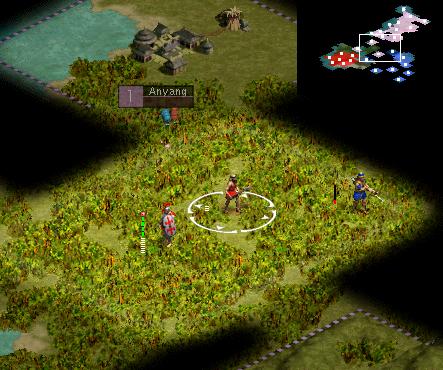
 ! Maybe this won't be impossible after all
! Maybe this won't be impossible after all  .
.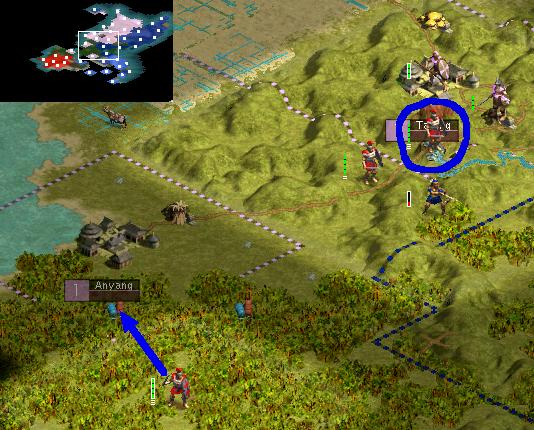
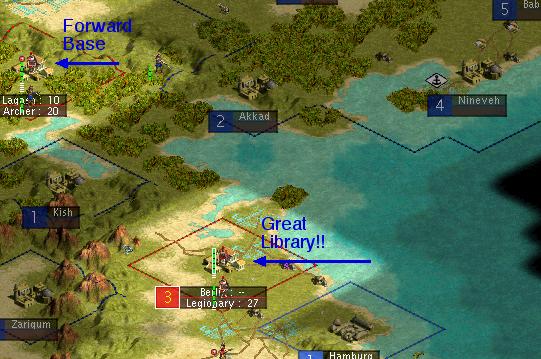
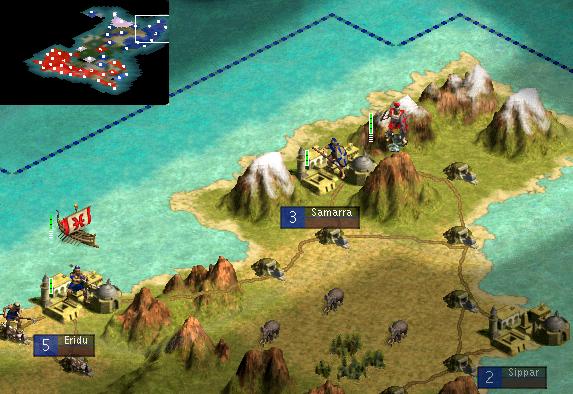
 .
.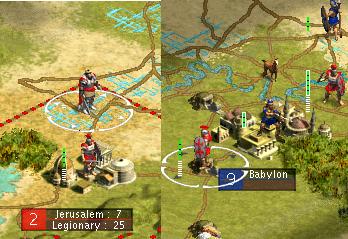
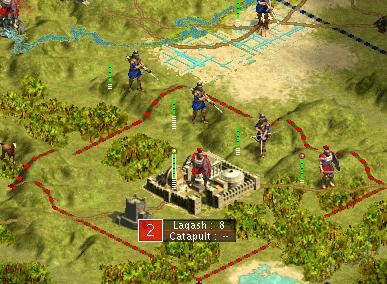
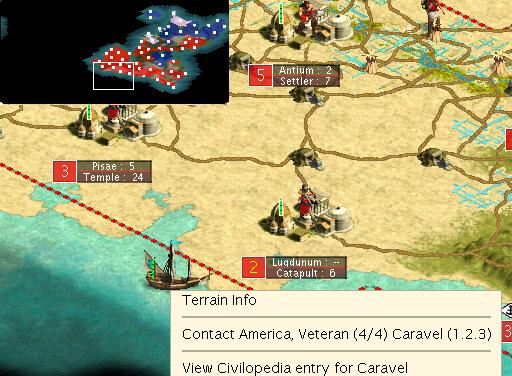
 .
.